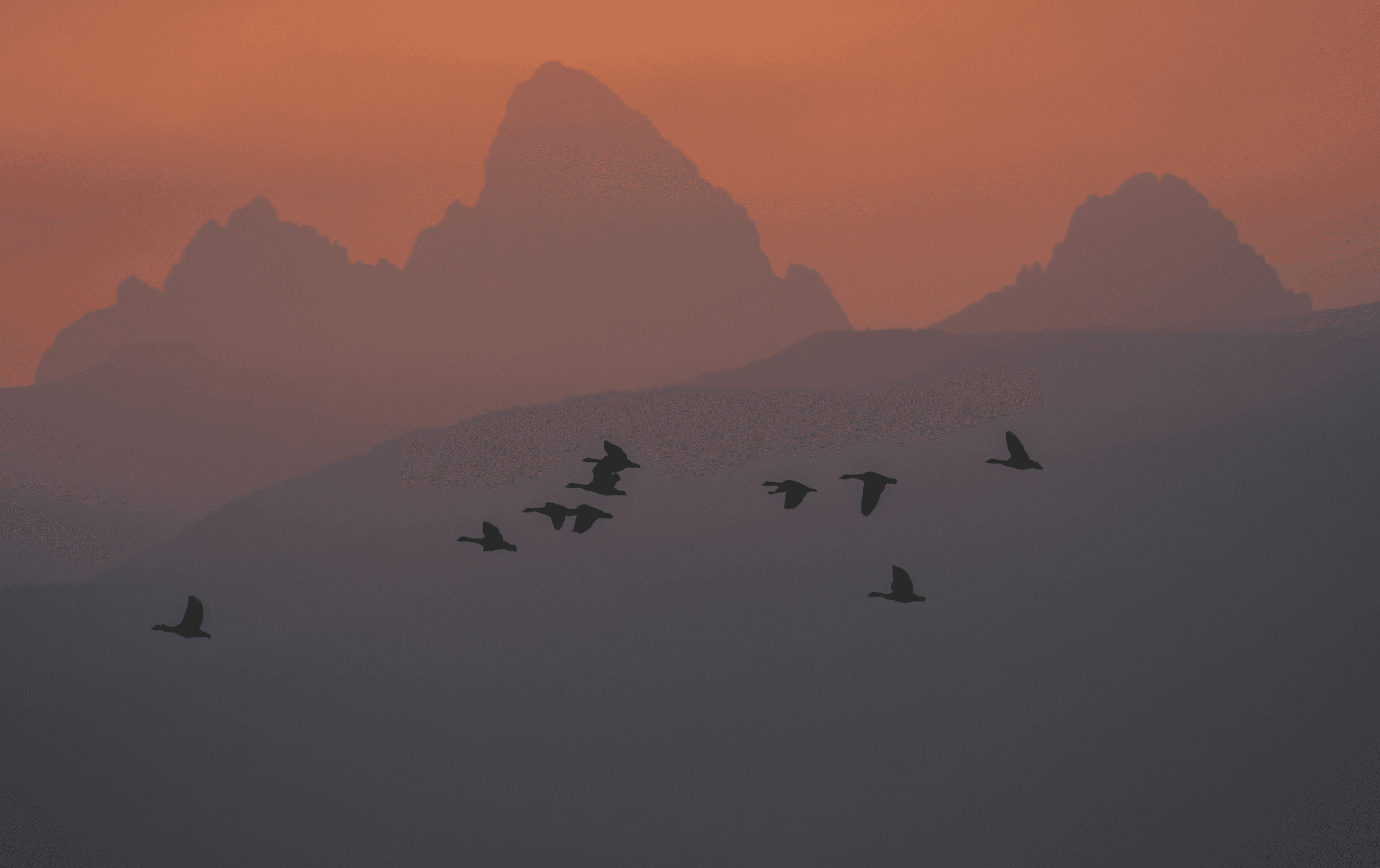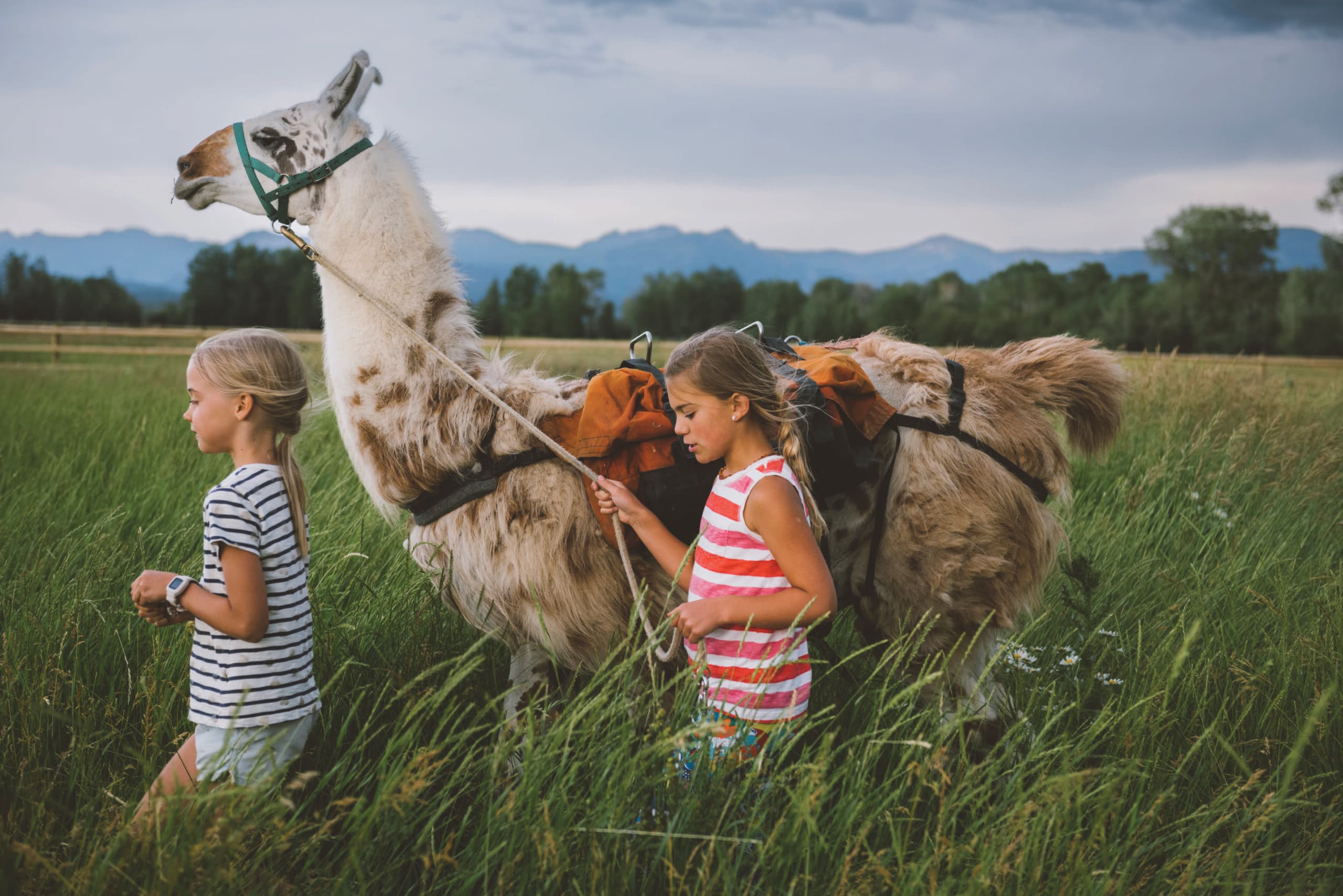The Hawks of Teton Valley
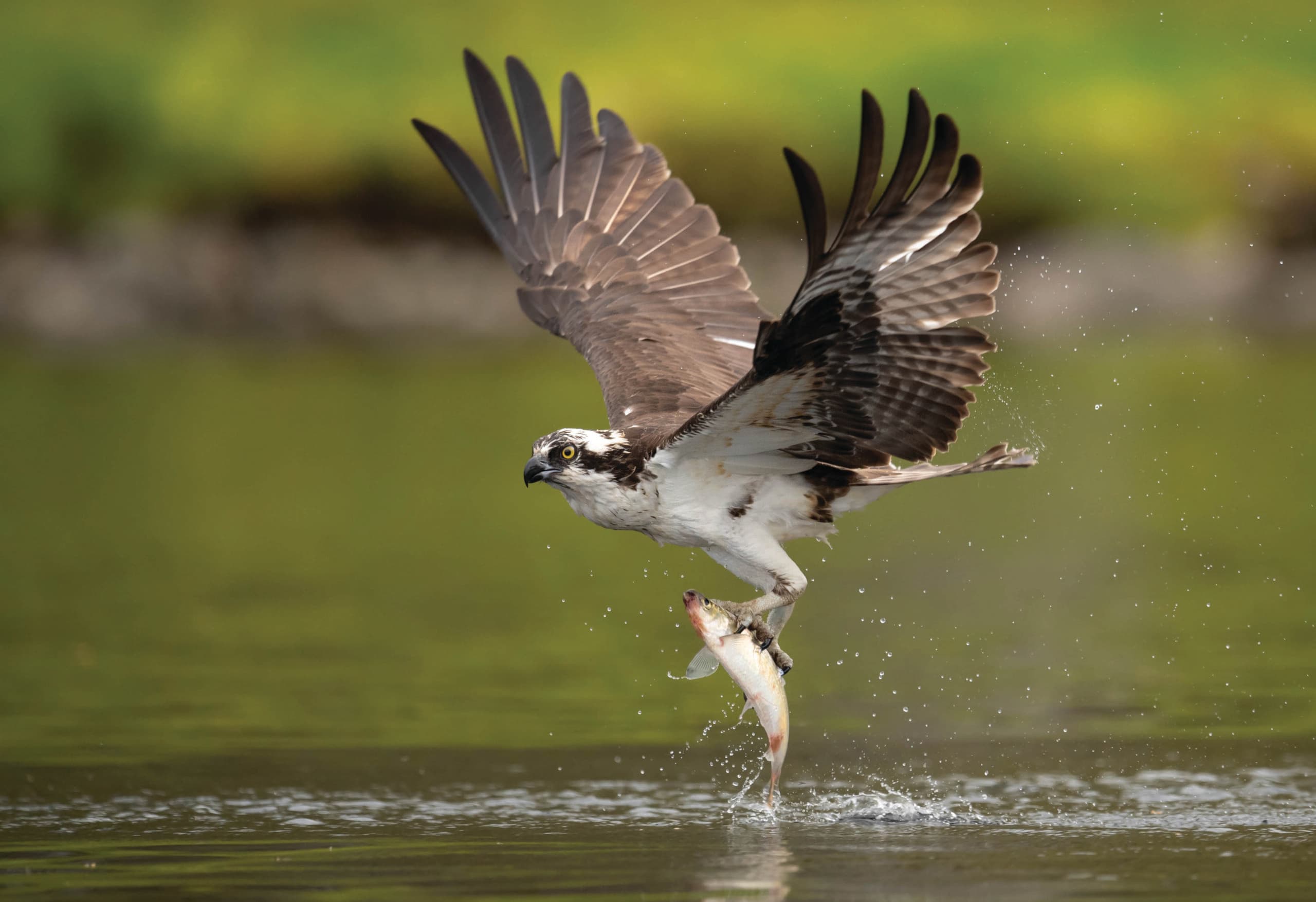
Our region is a haven for these winged things
“We recorded thirteen raptors on the 2021 Teton Valley Christmas Bird Count,” reports naturalist Colin Boeh, who, along with his wife, Mary Chris Boeh, organizes the annual event and administers the Teton Area Birding Society’s Facebook page.
“Some of these were true hawks.”
True hawks?
“When it comes to hawks in our valley,” Colin explains, “there are accipiters and buteos. Accipiters are fast-moving bird hunters that stay here year-round. Buteos are the hawks that people are more familiar with—they generally hunt rodents and reptiles and are migratory.”
Digging a bit deeper, I learned that in many parts of the world outside of North America, members of the buteo group are referred to as buzzards rather than hawks; in those places, accipiters are considered the “true hawks.” But here we regard both buteos and accipiters as hawks. Taxonomically speaking, both groups are subfamilies of the family Accipitridae. (Regardless, I simply cannot tell you readers that a red-tailed hawk is really a buzzard.)
Buteonine hawks are the large, broad-winged, broad-tailed hawks you often see soaring high over open spaces and perching on the fenceposts and telephone poles lining our roads. If they are the cruising Cadillacs of hawk species, accipitrine hawks are the nimble Porsche 911s. Their short, rounded wings and long, rudder-like tails enable them to dart around forests and brushlands, on the hunt for their primary prey of smaller birds. They also feature long legs and toes that aid them in grabbing birds in flight. They tend to fly low, alternately beating their wings in a rapid sequence and then coasting.
Here’s a bit more about each of Teton Valley’s hawks, which represent roughly half of the hawk species found in North America. Note that individuals of the same species can exhibit substantial differences in color, known as morphological variations or “morphs.”
“There are more races of red-tailed hawk than races of people in North America,” says Colin. “Most bird watchers identify hawks by structure and movement rather than color.”
Accipiters
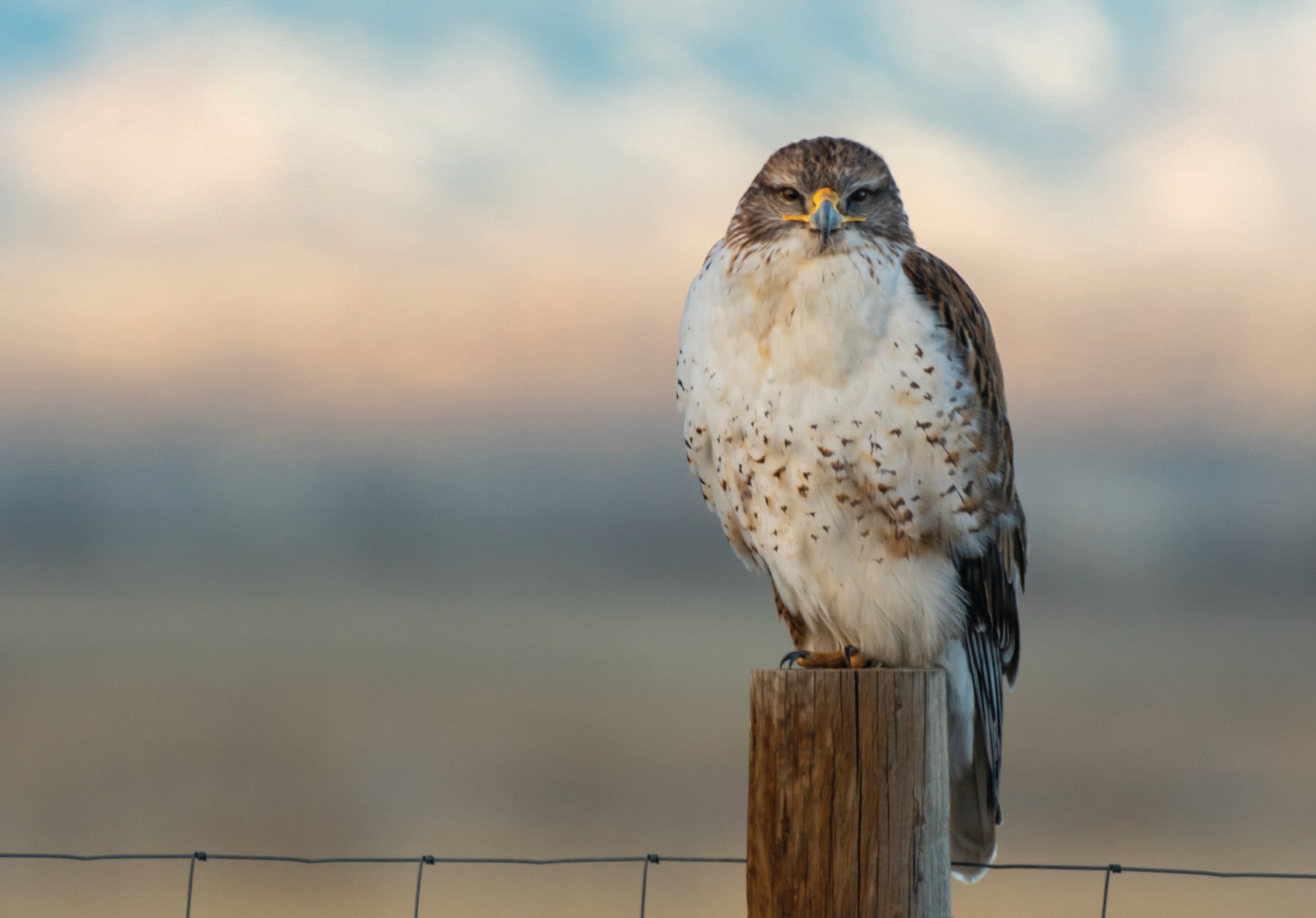
A Beautiful Ferruginous Hawk Perched on a Fence Post
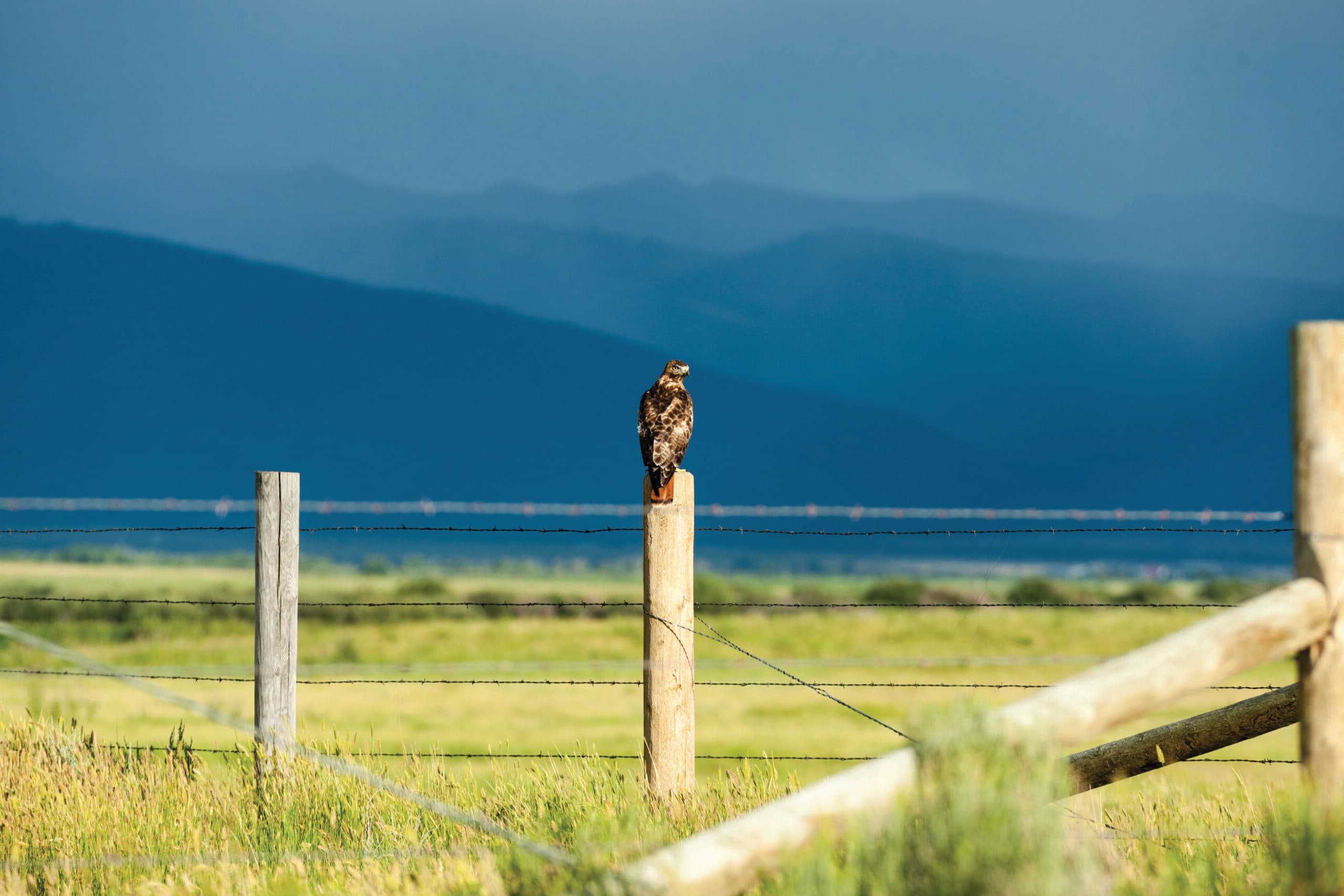
A Hawk sits on a fence in Teton Valley Idaho.


Sharp-shinned hawk
You might get lucky and see one of these zipping through dense forest, aiming to get the jump on a songbird or other critter. A small hawk, around twelve inches in length, the sharp-shinned has a long tail and relatively small head. They’re a forest bird when it comes to feeding and breeding, nesting in both conifers and aspens.
Cooper’s hawk
These birds are highly adaptable, with habitat ranging from deep forests to wooded subdivisions—where they often attack other birds at feeders, making them the bane of many a backyard birder. Their coloring and size can make it difficult to distinguish one from a sharp-shinned hawk. The Cooper’s is slightly larger and has a pronounced hooked beak.
Northern goshawk
This sly predator keeps an eye out for prey perched on high branches in our coniferous forests of lodgepole pine and Douglas fir, then attacks with a rapid flight. The largest of Teton Valley’s trio of accipiters, goshawks grow to as long as twenty-four inches. Try to spot their lighter-colored eyebrow stripes lying above strikingly yellow eyes.
Buteos
Named after the nineteenth century British naturalist William Swainson, this hawk is smaller and slimmer than the other buteos, yet longer winged in relation to its size.
“I feel like the Swainson’s is our signature summer hawk,” says Colin. “It’s likely to be seen every day in Teton Valley from May through September. They migrate farther than any other animal in our region. Some individuals go as far south as Argentina in search of the endless summer. They are also more insectivorous than the others. They will eat grasshoppers and Mormon crickets and can be seen grabbing large stoneflies and eating in flight during the seasonal emergence of these insects.”
Ferruginous hawk
“Every September when the farmers cut the grain and the sandhill cranes arrive, we get a pulse of a few ferruginous hawks,” notes Teton Valley resident Rob Cavallaro, a supervisory regional wildlife biologist with Idaho Fish and Game. “A good place to view them is in the farm fields and on the fence posts on the west side of the valley. You can see them while you’re driving the roads.” The ferruginous is the largest of the buteos, with a wingspan approaching five feet. Their upper parts are rusty brown—the name ferruginous derives from the Latin term for iron-rust colored—while their underparts are white.
Red-tailed hawk
You’ll see these birds soaring in broad circles over our agricultural lands, sometimes attacking prey in a slow dive with legs outstretched. They’ll also occasionally face into the wind and hover as they hunt. Slightly smaller than the ferruginous, the red-tailed hawk features broad, rounded wings and light-colored underbodies that give way to short, wide tails that are cinnamon colored on top. They are best distinguished from Swainson’s hawks in flight: Red-tailed hawks fly with nearly horizontal wings, while a Swainson’s will hold its more slender wings in a shallow “V” shape.
“Winter in high, snowy basins like Teton Valley is a tough time for red-tailed hawks,” says Rob. “Most of them move to lower elevations at that time of year.”
Rough-legged hawk
“If you see a buteo in Teton Valley in mid-winter, it’s probably a rough-legged hawk,” says Rob. “They have smaller feet and beaks than the others, which helps them retain body heat. And unlike the others, they’ll feed on carrion.”
Slightly smaller than the red-tailed hawk, the rough-legged features broad wings that are long and narrow. They exhibit flapping flight more than the other buteos and depend less on updrafts and thermals for soaring. Their name alludes to their shaggily feathered legs, another adaptation to their preference for cold-weather places: Rough-legged hawks breed in the Arctic and spend winters in the open habitats of Canada and the northern United States.
“Rough-legged hawks are diurnals [active during the day] that have a strong dark-roosting instinct,” adds Rob. “They want to be where it’s safe when it’s dark. Their biggest worry is probably the great horned owl,” a proficient predator that can take other birds as large as osprey.
“You’ll see rough-leggeds on fenceposts and out chasing voles. Like some other raptors, they can see the ultraviolet light reflecting off urine trails small rodents leave in the snow. But watch them and just before dark they’ll start flying toward the forests ringing the valley. There are documented observations of ‘communal roosts’ of these birds on our national forest lands.”
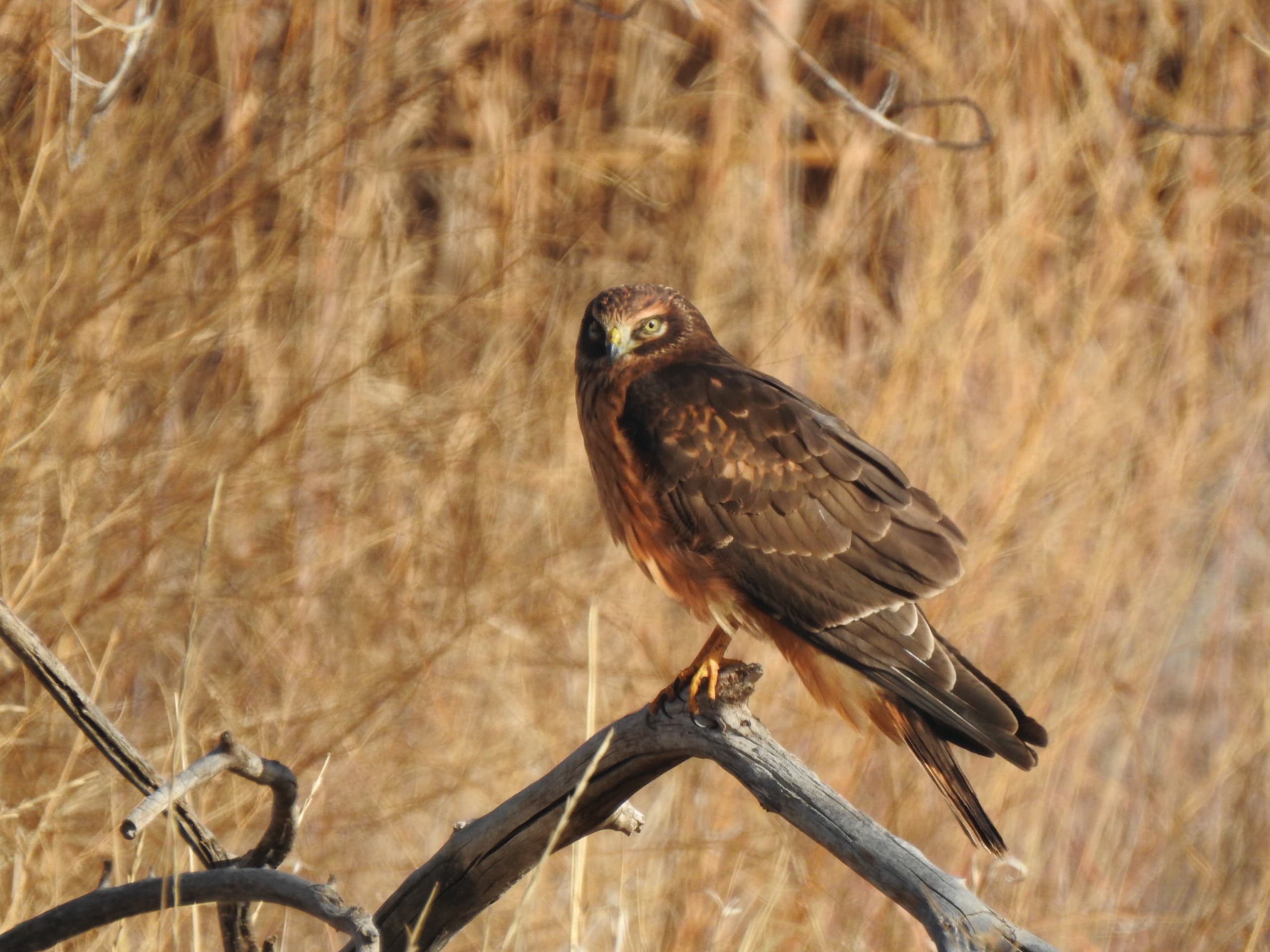
Northern Harrier
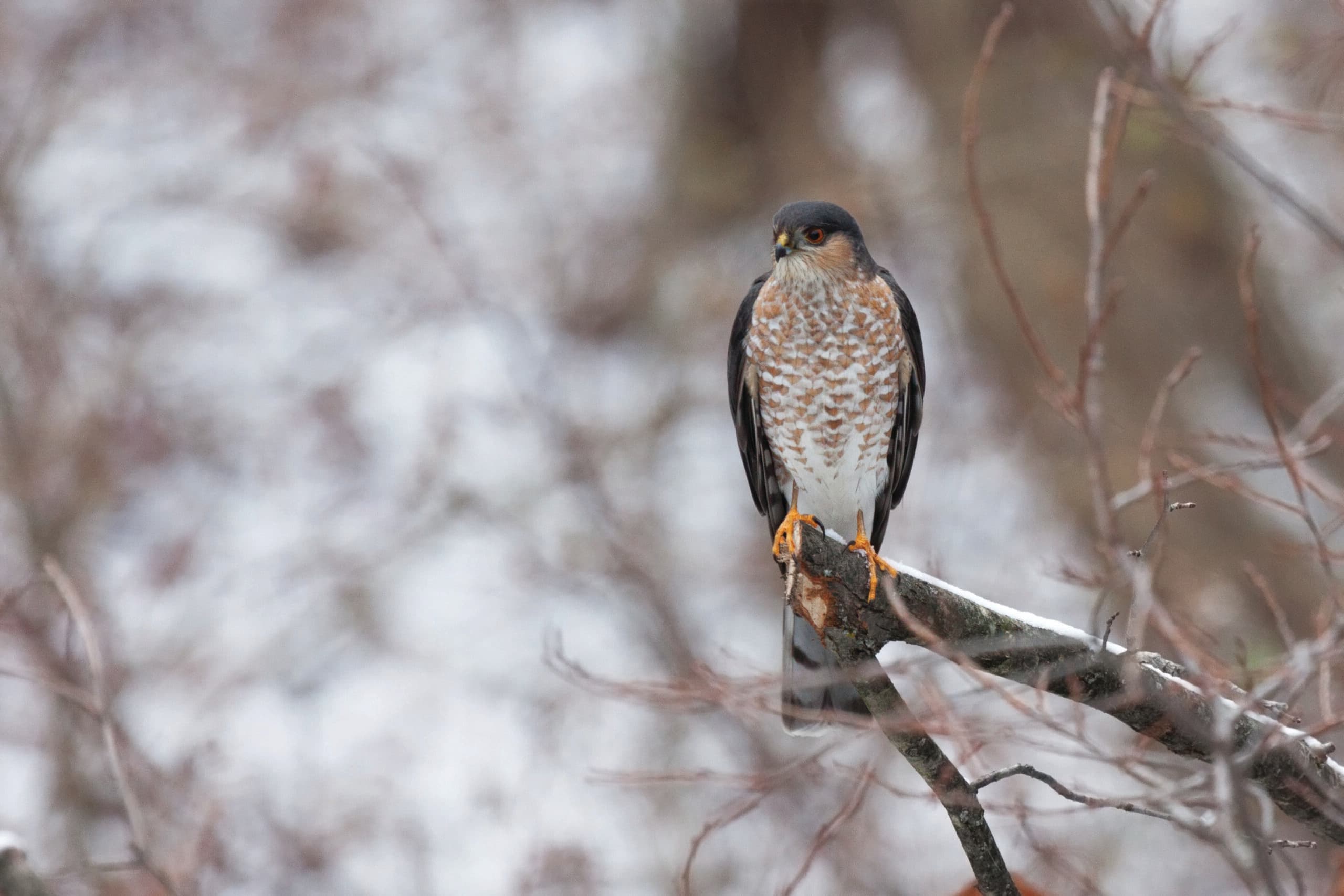
On a wintery day, a sharp-shinned hawk perches on a broken branch hunting prey.




